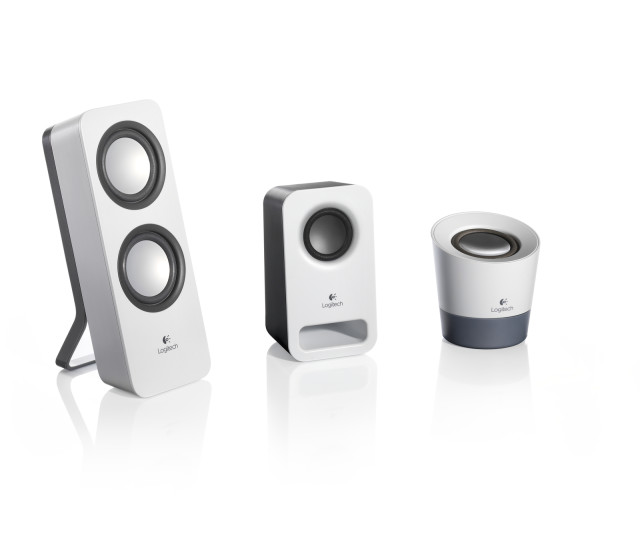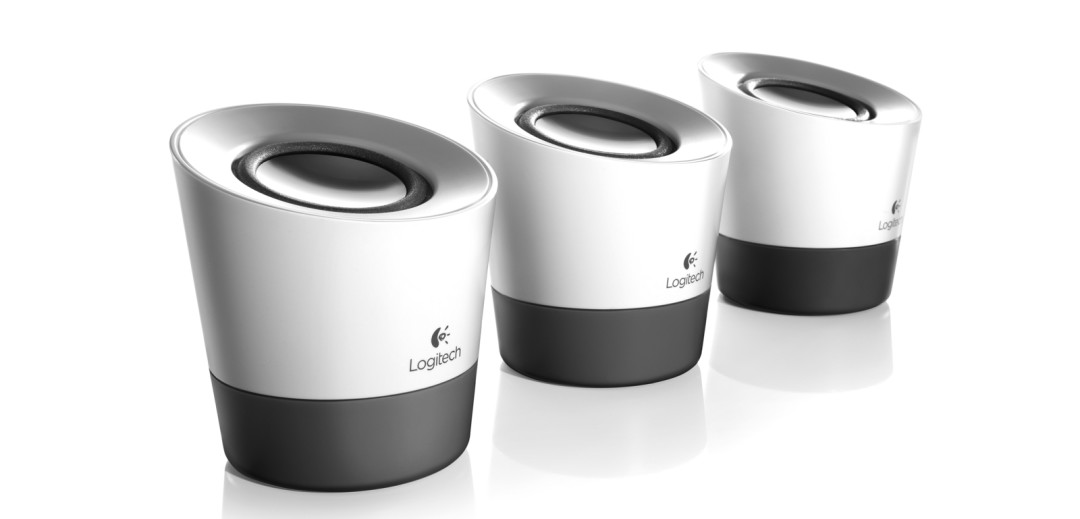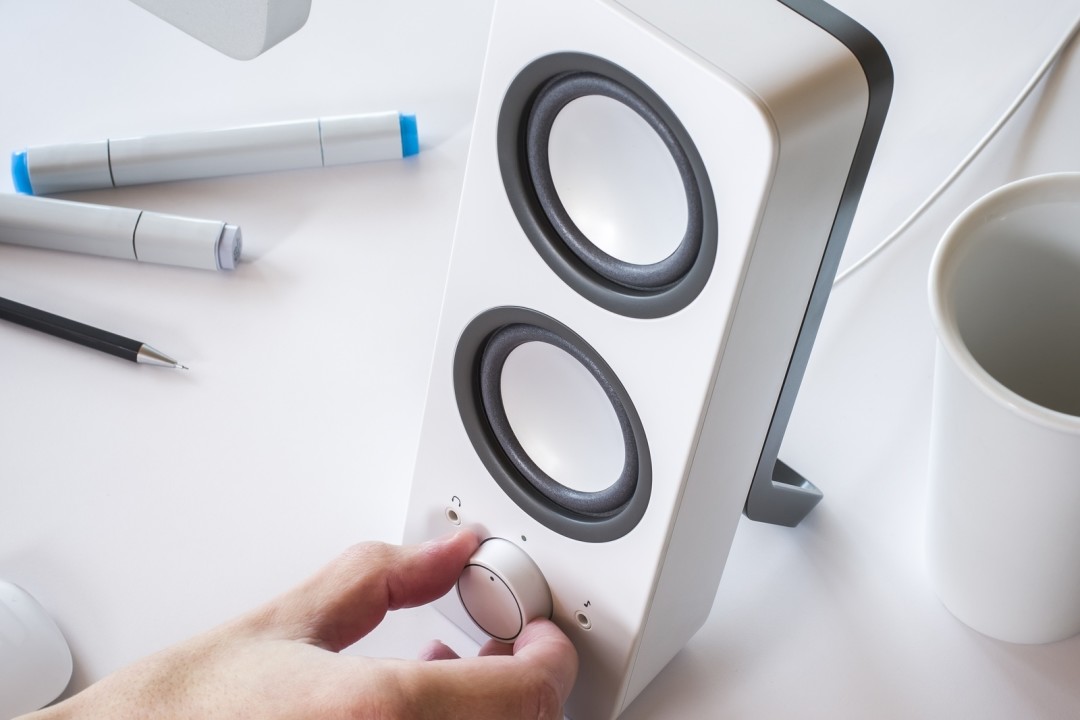How Ziba Reinvented the Low-Budget Speaker

Logitech, the Switzerland-founded home electronics company, wanted to reinvigorate its entry-level line of speakers. The firm hired Portland’s Ziba Design, which put industrial designer Kenneth Young on the job. In a tight nine-month timeline from initial design to manufacture, the partnership hatched a three-product series crafted with the low-budget audiophile in mind.
Insight from Kenneth Young:
ORIGINS
“We were working with a very low price-point, in the $15-$30 range. It’s a very saturated market, full of a lot of low-quality products. A lot of what you see out there is frankly undesirable. Our challenge was to create a clear statement about a commitment to great audio, while staying within that price-point.”
INSPIRATIONS
“Overall, we were challenged to create a range of delightful products within some very tight constraints. I could look out and identify a number of real inspirations or touchstones for me personally: icons of design history that speak to that idea. Ikea—people love them or hate them, but they deliver amazing products at amazing prices quite consistently. I’m particularly fascinated by Muji, and how they create high-quality, honest designs that express a Japanese sensibility. Within their brand, every touch-point seems thoughtfully considered and honest.”

MAKING OF
“We had a very aggressive timeline. We put pen to paper for the first time in February of last year, I think, and we hit the market in November. I went to China twice, which was critical. I met with the manufacturing company and all the vendors to make sure we could execute what we designed at a very high level. We dealt with the design challenges and maintained our original intent pretty well through the process. For products at low price points, there’s a tremendous temptation to take shortcuts. We didn’t do that.”
PRINCIPLES
“We decided we’d always expose the speaker cone—it’s more psychological than anything, but by celebrating the driver, the component that creates sound, we put the focus on audio quality. We gave each of the products a slight lean, so they’re always tilting towards the consumer. And we honed in on very simple, stable forms, which feel very solid and substantial in their environments.
“Plastic has gotten a bad reputation, because it’s been very poorly used, but to create products at these low price points, we had to be very honest about our materials. There are fewer opportunities for artifice, and fewer opportunities to build in delightful little touch-points. You’re really dealing with the basics—which we chose to treat as an opportunity to democratize design. We went with no coating, we eliminated paint—you reduce costs, and you emphasize the material.”
THE DESIGNS

Z50
"They had never made a cyclindrical mono speaker. This targets a younger consumer who wants a product that goes where they go—something to use with a laptop, maybe in a dorm room. Their environments might be crowded, but they still want some play and some fun.”

Z150
“This is an entry-level stereo speaker, for a little more mature customer. This person is listening to music while they’re doing other things—maybe it’s the mum making dinner, or the dad making dinner for that matter. This is about simplifying the design and getting to the core of the functionality. The customer for this isn’t highly invested in audio, but they want something that sounds and looks good.”

Z200
“This is for the customer who wants a more serious product. It really wants to live in a professional environment—in an office, traditional or home. So it needed to be elegant enough to be in spaces that serious with credibility and to really perform when it comes to acoustics. We quite deliberately focused on size and volume, so they have a bit of presence and hold their own on a table next to a computer. The speakers are even more expressive of the audio credentials with this product, and the kickstand gives it some attitude, some relevance to a work environment.”




